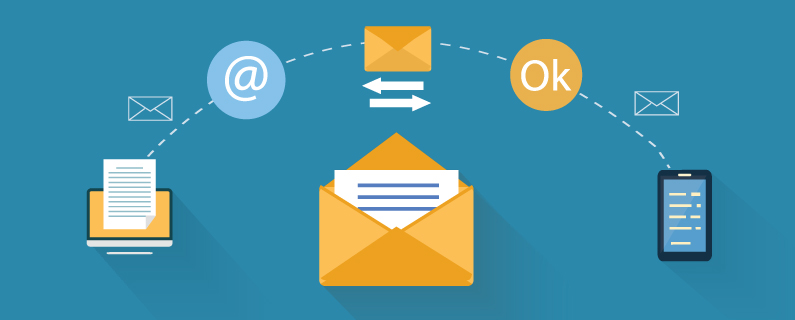
A few weeks ago we took a closer look at the email data for our Monday Morning Resource emails. We wanted to figure out what type of content our readers were most interested in receiving on Monday morning. We had a few surprises and we made a few adjustments to the campaign. If you get the weekly emails, you’ll notice subtle shifts in the design and content as we make tweaks and conduct A/B tests in the coming weeks.
Once we had a plan in place for MMR, we turned our attention to our primary newsletter which we send every Wednesday. Our open rates are consistently good, averaging around 32%. We have a fairly loyal readership, including a large segment of our list who have been with us ten years or more. They open the emails regularly, however, our click through rates varies dramatically from a low of 2% to a high of 18%. That is a pretty strong signal that we hit it out of the park some weeks, and really miss others.
In order to figure out how to create more effective email, I gave Lydia, our new email specialist, the task of looking for clues in the top performing campaigns. She focused on campaigns with click through rates of 10% or higher to see if patterns would emerge, and they did! Some of the email data was consistent with larger national studies, and some things are unique to the Roundpeg audience. Here’s a look at some of the data, and more importantly how we will use the data to improve our newsletters.
Mobile vs Desktop Users
The Email Data: While the internet, in general, has gone mobile, it seems our readers haven’t. More than 80% of our readers access our newsletter from their desktop.

The Lesson: National averages only go so far, you need to look at your audience because they may not follow the national patterns, and that will change how you manage your campaigns. For us, this means we can experiment with links to longer forms and videos because people are sitting at their desks when they read our newsletters.
How Long is Too Long
The Email Data: As we looked at our most popular emails, a clear trend emerged. The majority of our most effective emails were five paragraphs long.

The Lesson: In this case, our results were consistent with findings from many national studies. For example, Constant Contact found 20 lines of text or about 200 words generates the best response. Based on this research we will definitely avoid emails over six paragraphs. And if a weekly email is a bit light, we are not going to add a lot of fluff just to hit the five paragraph objective. The real measure will be: have we provided enough information to satisfy our readers, made a specific point, answered a question and encouraged them to click for more.
Calls to Action
The challenge with every email we send is engaging the reader so they take the next step, whether it be watching a video, downloading a form or reading a complete blog post. For each of these actions, we create links to URL’s or buttons. So how many should we include?
The Email Data: It turns out if we use simple URL links, we actually get a positive response with up to three distinct links. If we use buttons, however, two is the magic number.

The Lesson: This clearly reinforces the idea that less is more. When you limit the choices of your readers, they are actually more likely to click on the link. Research by most email service providers supports this more focused approach. So we are going to be more selective when we add links to emails. Sure we have a lot to say every week, but the point is, we produce this email each week, so we can relax, focus on one key point today, knowing we are going to have a chance to address a different topic next week.
What People Really Want to Read
The Email Data: We write about several topics on a regular basis: Web Design, Graphic Design, Content/Social Media and Strategy. I always thought we were doing a pretty good job of mixing up the content but it seems we are a little top heavy on articles about web design. It is an important part of our business, but our readers are telling us they are more interested in our articles about strategy.

The Lesson: If you ask me what makes us unique as a company, I will always tell you it is the fact that we use strategy as a starting point for every project. It runs through everything we do. And it turns out when we write about strategy, our readers are interested. So you will still find a mix of content in our emails and on our blog posts, but there will be much more emphasis on strategy in the weeks to come.
Use the Data
Looking at data and making changes based on the numbers is a crucial factor in the success of any marketing program. When was the last time you dove into your data? Use our email metrics guide as a starting point, or give us a call to talk about a detailed audit of your email program.

